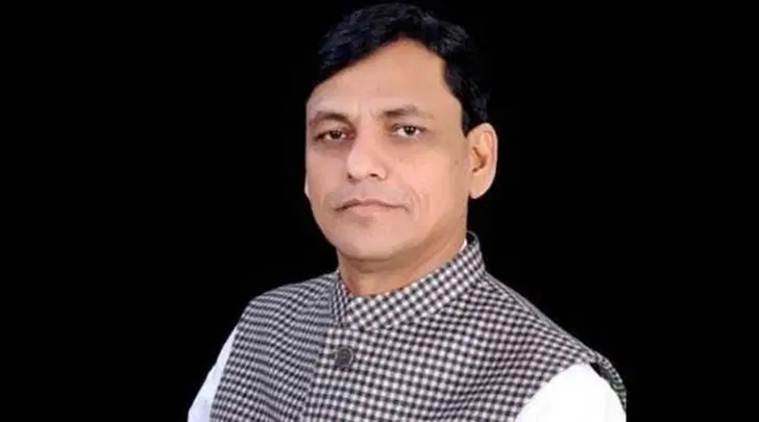 MoS (Home) Nityanand Rai.
MoS (Home) Nityanand Rai.
As protests over the Citizenship Amendment Act (CAA) and National Register of Citizens (NRC) rage across the country, the government on Tuesday told Parliament that detected infiltration through the India-Bangladesh border has dropped by over 60 per cent since 2015.
Indicating that actual infiltration may have also decreased, the government has put out data to show that deportation of illegal Bangladeshi immigrants too has dropped by over 63 per cent.
To a question by BJP’s Darjeeling MP Raju Bista on illegal immigrants from Bangladesh and their deportation, MoS (Home) Nityanand Rai said the numbers, as recorded through arrests made by the Border Security Force (BSF) on the India-Bangladesh border, had fallen from 3,426 in 2015 to 1,351 in 2019.
According to the data provided by Rai, figures for infiltration along the Indo-Bangla border stood at 2,075 for 2016, 1,175 for 2017 and 1,118 for 2018.
Rai also informed that the number of those deported to Bangladesh decreased from 5,930 in 2015 to 2,175 in 2019. The figures stood at 5,147 in 2016, 4,706 in 2017, and 3,390 in 2018, according to data.
However, Rai clarified that it is not possible to arrive at the exact number of illegal immigrants in the country. “Illegal migrants enter the country without valid travel documents in clandestine and surreptitious manner. Therefore, it is not possible to have an accurate estimate of such illegal migrants living in the country,” he said in a written reply. He added that the government was taking all steps to stop illegal immigration.
“The government has adopted a multi-pronged approach which inter-alia includes round-the-clock surveillance and patrolling on the borders and establishment of observation post; construction of border fencing and floodlighting; introduction of modern and Hi-Tech surveillance equipments; upgradation of intelligence setup and enhanced coordination with the state governments and concerned intelligence agencies. Technological solutions are being used for vulnerable areas where physical fencing is not feasible on a pilot basis, to begin with, on the Indo-Pakistan border and Indo-Bangladesh border. The technological solutions are based on integration of sensors and surveillance equipment like radars, day and night vision cameras etc. in a network architecture with command and control system,” he said.
In a reply to another question , the government told Parliament that it will not send children excluded from the NRC to detention centres if their parents have been included in the register of citizens.